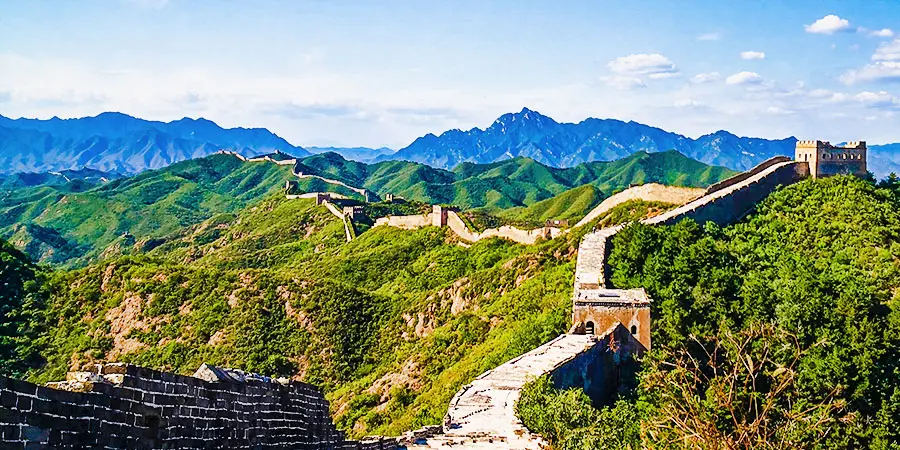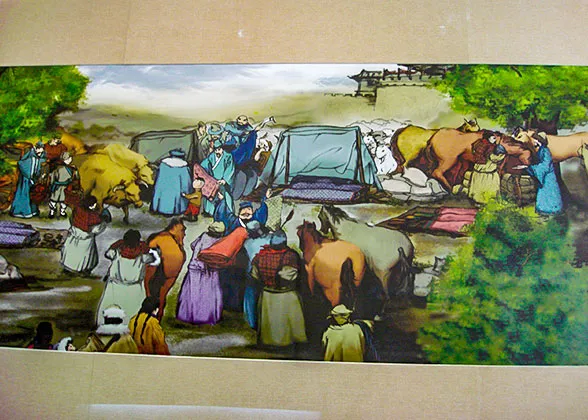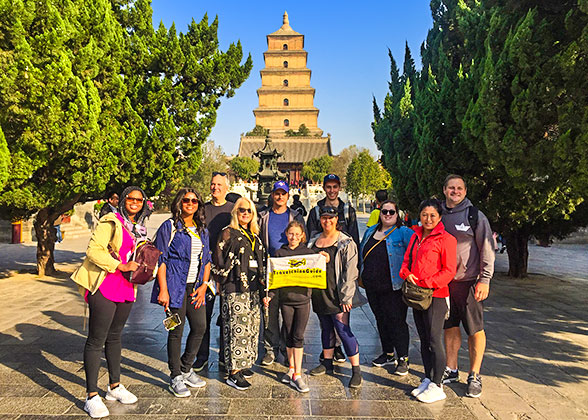Why is the Great Wall of China important?
The Largest Defense Project in Human History
The Great Wall of China is the largest defense project in human history. It is a large-scale military project built in ancient China to provide protection from northern nomadic tribes. Built between the Spring and Autumn Period (770 - 476 BC) and the late Qing Dynasty (1644 - 1911 AD), its total length is an amazing 21,196.18 kilometers (13,170.70 miles). Today, the Great Wall mainly refers to the portion built during the Ming Dynasty (1368 - 1644 AD), spanning 8,851.8 kilometers (5,500.3 miles).
Although the construction of the Great Wall might not have completely stopped the nomadic people, it could delay the attack. It also worked well to deliver messages so that people in the Central Plains had adequate time to dispatch troops and transport supplies needed for war.![]() See more: Great Wall of China - One of the 7 Wonders of the World
See more: Great Wall of China - One of the 7 Wonders of the World
 |
| Great Wall of China |
The Great Wall: A Symbol of Peace and Unity
Great Wall’s Importance to Ancient International Trade
The Great Wall also protected traders from the invaders and promoted the import and export trade along the Silk Road. Once the westbound caravans left the Central Plains and entered the Gobi Desert, they were highly vulnerable to attacks by nomadic people. Along the northern Silk Road route, the Great Wall fortresses and beacon towers, protected caravans from nomadic attack.
The Silk Road brought Chinese goods and civilization to Central Asia, West Asia, Central Europe, and Southern Europe and brought back western goods and civilization along the Great Wall, promoting cultural, political, and economic communication and cooperation between China and other countries.
|
|
Number 1 Tourist Attraction for International Visitors Nowadays
The Great Wall has become a must-see attraction for first-time visitors to China. Each year, its most renowned sections near Beijing, such as Badaling and Mutianyu, welcome millions of tourists. The Great Wall is popular not only among common tourists but also among well-known celebrities from all over the world. Over 540 celebrities have visited the Great Wall, including former US presidents Nixon, Obama, and Bush.
See:
Who of the World Leaders Have Visited the Great Wall?
Which Section of Great Wall to Visit?
A Symbol of the Spiritual Strength of the Chinese Nation
At present, the Great Wall has become a spiritual and cultural symbol representing the Chinese people. Its arduous, long-term, and large-scale construction bears witness to the diligence and courage of the Chinese people, and has become a source of inner strength for people when they encounter difficulties.





